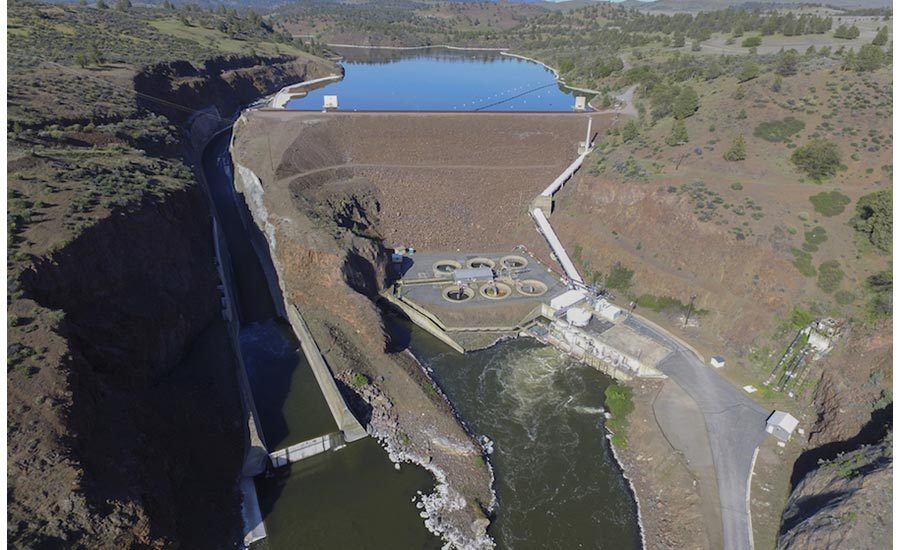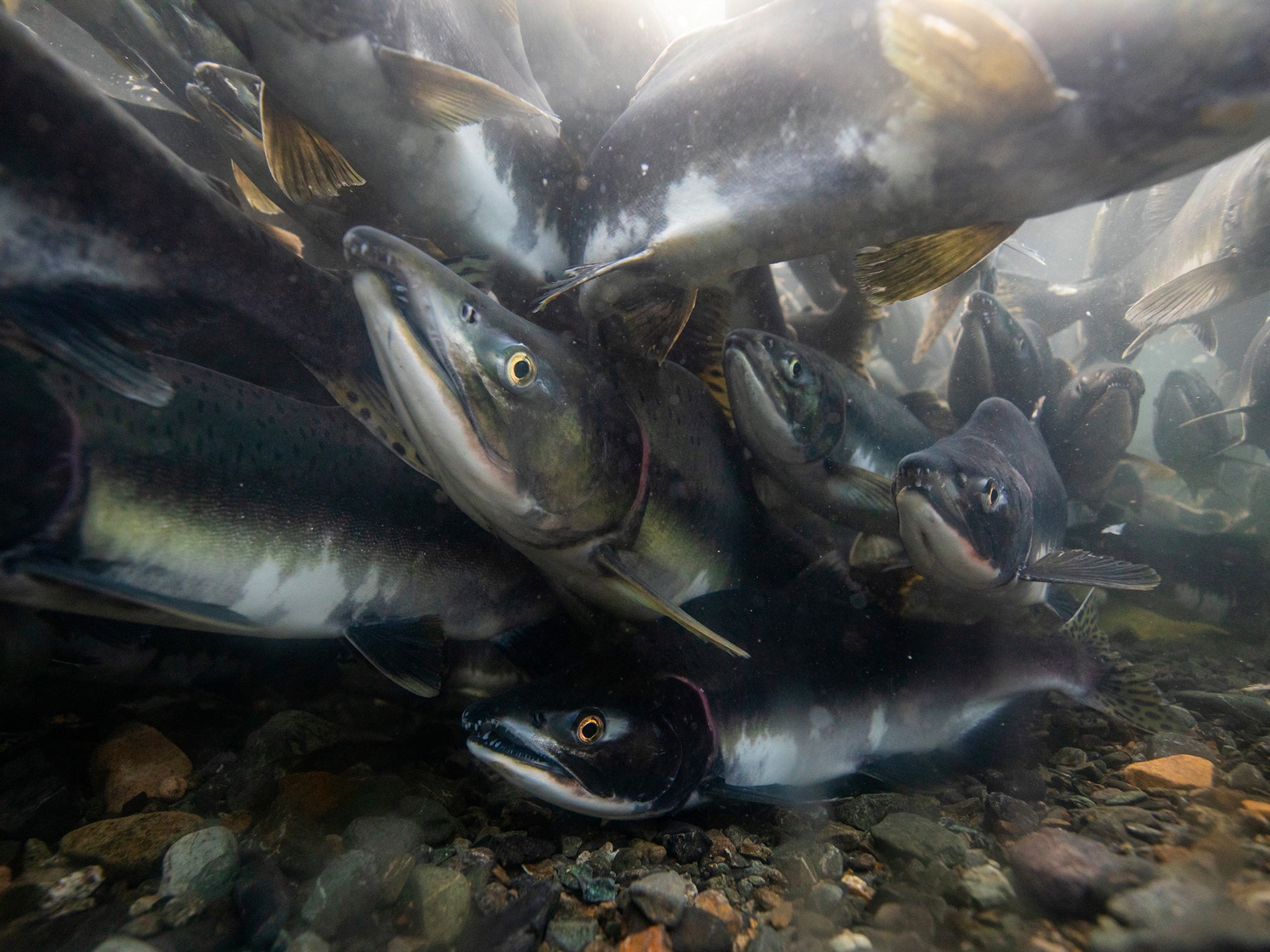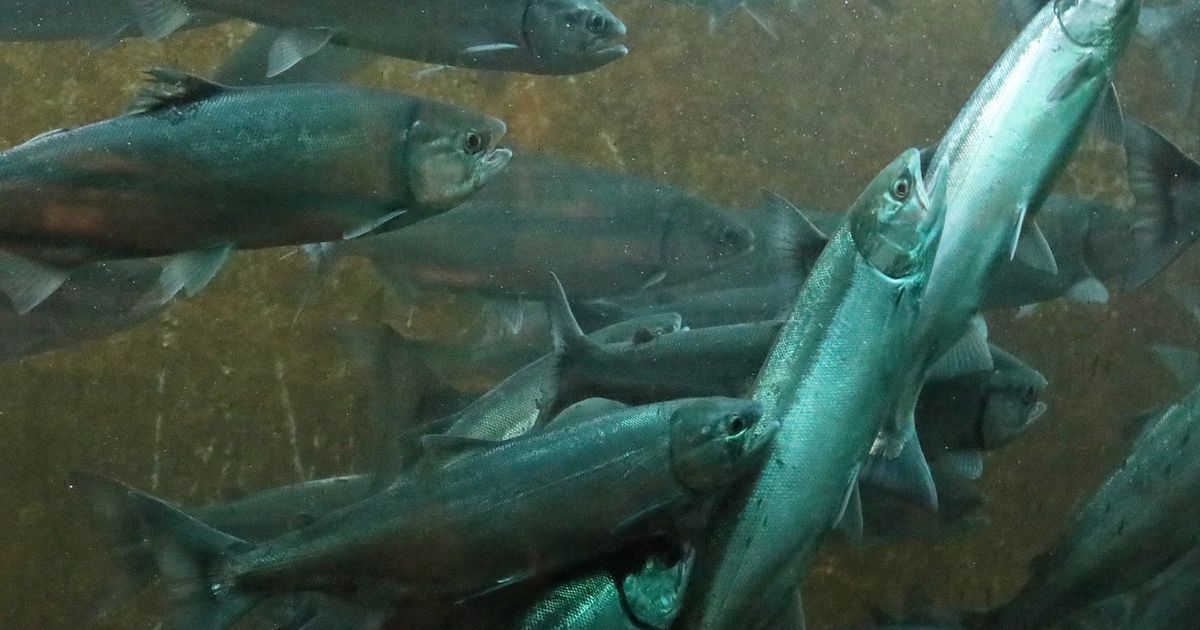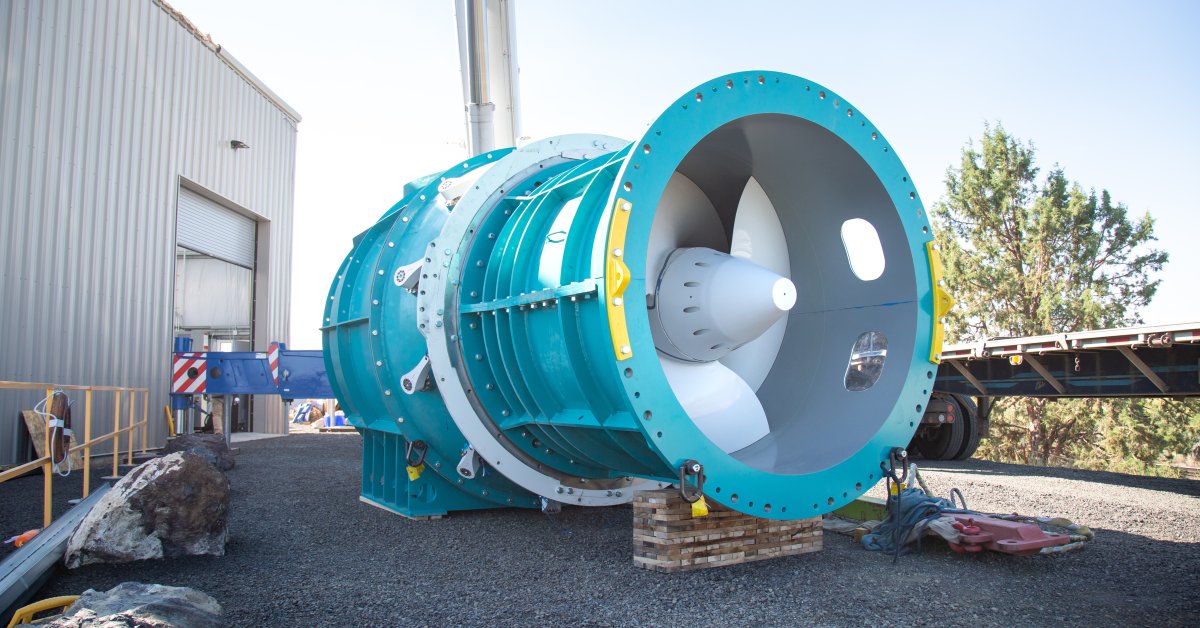Irrelevant
Well-known member
Maybe success.This is a good read. Success but it took time and cooperation.
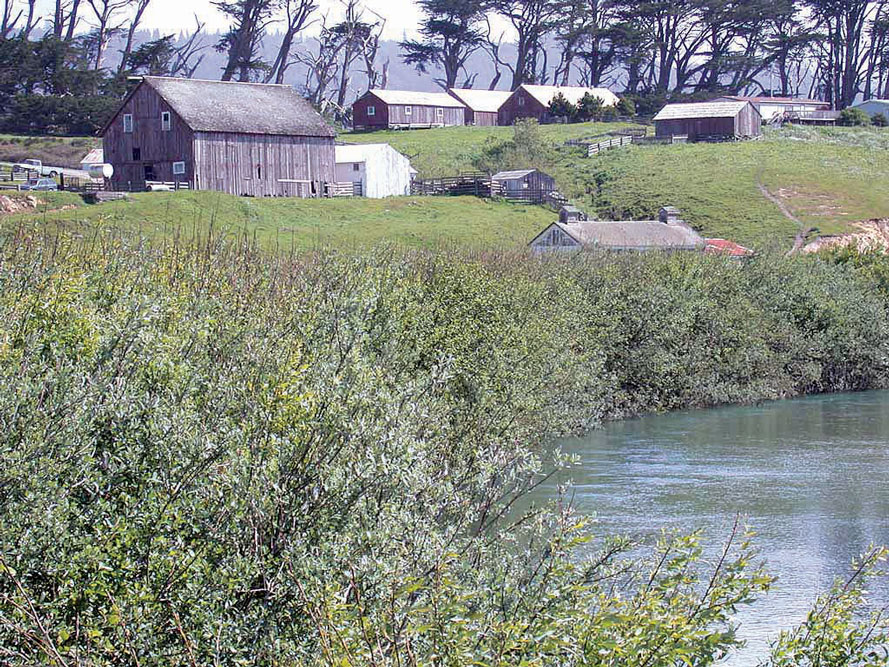
The Garcia: A River in Strong Recovery After a 30-Year Effort | Trees Foundation
By Craig Bell The strong recovery we are witnessing today in the Garcia River is thanks to a 30-year effort that began in 1991 when Mendocino County Supervisors approved the Garcia River Watershed Enhancement Plan (GRWEP, Caldon, Monschke, Higgins 1991). The GRWEP was the first watershed plan in...treesfoundation.org
WA has done several studies called Intensely Monitored Watersheds (IMWs). They are all 10 plus year studies where they collect multiple years of background info (spawning surveys, habitat surveys, snorkel surveys- both adult and fry), then spend several years improving the habitat in certain reaches why other reaches are used as controls, then they study the effects. All of the results I've tracked indicate that while the improved reaches see increased use, they almost always see a decrease in use of marginal habitat. And any overall population increases are usually small and still within the error of the survey and modeling techniques. Meaning fish will utilize the best habitat but that doesn't mean you have more fish.
There are exceptions but they almost always include the removal of barriers that were completely blocking migration.
However, I still support those types of projects as many things benefit from better habitat, including people. I also think it would be a great idea to follow through on his recommendation to monitor the results. We need all the data we can get.




